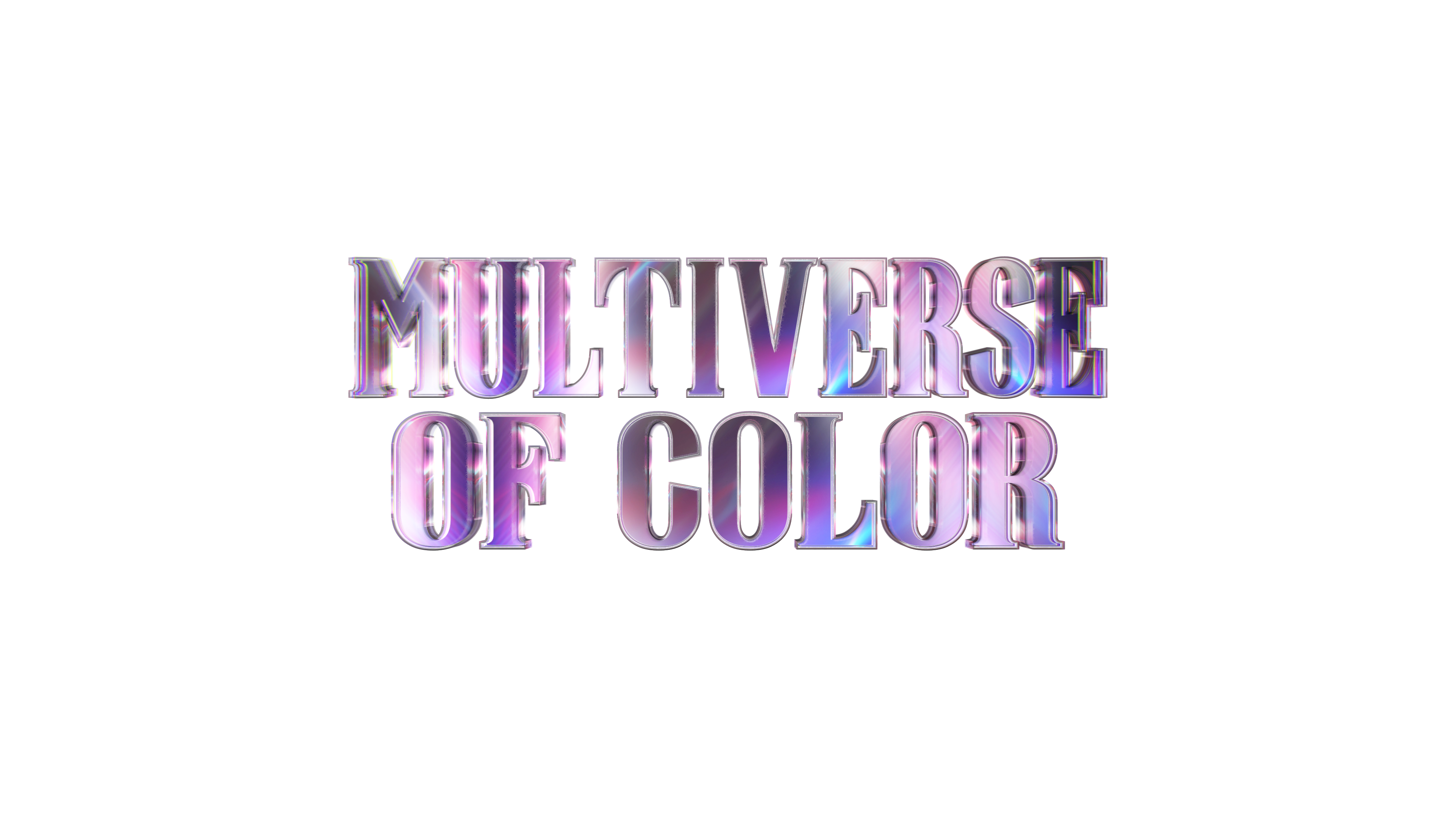Hard to believe now but there was a time, not all that long ago, when Iron Man was considered one of Marvel’s b-listers. Expectations for his movie—starring a past-his-prime actor and directed by a guy best known for not being Vince Vaughn in Swingers—were low. Almost nobody expected Iron Man to make the sort of money it ended up making. Certainly nobody expected Robert Downey Jr. to almost single-handedly turn Iron Man from a Marvel geek deep cut to a cultural touchpoint.
Can lightning strike twice? That’s what Marvel’s asking as it starts ramping up for the (probably happening) Inhumans movie, their most serious attempt to make a household name out of a little-known property since Guardians of the Galaxy. “Ramping up” might be a strong term, since the movie isn’t slated till 2019, but they’re clearly looking to position the Inhumans as a serious force in the Marvel Universe. They started by making The Inhumans a major plot device in Agents of SHIELD, and now they’re giving them a fresh comic line, helmed by superstar team Charles Soule and Steve McNiven, who made The Death of Wolverine such a treat last year.
A little backstory, for readers not in the know. The Inhumans were introduced in a 1965 Fantastic Four story as a race of beings who had been genetically modified by an alien race early on in mankind’s evolution. These modifications resulted in a strain of humanity with special abilities. Every Inhuman is born with unique powers which are further developed by exposure to their mysterious Terregin Mists. Unlike mutants however, the Inhumans chose to spend most of their history secluded from the rest of humanity, developing their own technologically superior empire and establishing a familial monarchy. Think Game of Thrones meets Ray Bradbury.

Most Inhuman stories have focused on the royal family: King Black Bolt, forced to remain mute because of his voice’s destructive power; Queen Medusa, and her super strong, prehensile hair; Gorgon, who can send shockwaves with a stomp of his bull-like hooves; the fish-like Triton; Crystal, who can control the elements; and Maximus the Mad, Black Bolt’s brother, the Scar to his Mufasa. There’s also Karnak but, if you followed along with the events of Inhumanity, you know that he’s currently MIA.
With issue number one of Uncanny Inhumans, Soule makes it clear that the royal family will be the main focus once more—a welcome relief since recent Inhuman stories have tended to focus on a newer, younger group of Inhumans, to mixed results. Here, he wastes no time in bringing out the big guns. The issue opens with Black Bolt and Triton on an ill-fated mission to rescue Black Bolt’s son from Kang the Conqueror. That leads to a thrilling battle sequence in which Kang uses his time powers to pit the heroes against both dinosaurs and Nazis. It’s as fun as it sounds.

Meanwhile, Medusa is easing into her role as the public face of the Inhumans. Whether she’s fending off a invading group of Chitauri in Central Park or brokering a truce with longtime X-Man and current Attilan resident Hank McCoy. Her character has undergone a lot of flux over the years—having been cast as everything from a femme fatale to a member of the Fantastic Four. Here, Soule gets her back to her roots as a figure of commanding authority. The characterization works terrifically, particularly in her conversation with the Beast, where she’s firm yet sympathetic, driven yet human. In short, she’s a queen.

Soule spends a lot of time on introductions here, with everyone incessantly addressing everyone else by name, making sure readers know who’s who. It’s a little awkward, but Soule drops enough teasers for future plot developments (including one bombshell at the end) to inspire hope for a great run. When the storyline starts to fall prey to the worst parts of the debut format, McNiven swoops in with some magnificent art to save the show. Artists always have fun with Medusa’s hair, but McNiven’s best work might be with Triton, who here looks a little more unworldly than he has in past incarnations.

At their best, the Inhumans have been about family—particularly, families that don’t really work but are forced to look like they do. The Inhumans are related by blood, and they take that very seriously, but that doesn’t save them from strife and dysfunction. Maximus, their chief adversary, has been spared many times because he’s a blood relative. The marriage of Black Bolt and Medusa has struggled mightily (and without spoiling anything, let’s just say this issue suggests that Medusa has a new flame), but their marriage means something deeper than emotion or even loyalty. Their marriage is one of necessity. An entire race of people needs this family to work. At what point is the appearance just not worth it? And does keeping up the appearance ever truly pay off?
Marvel’s clearly looking to cast the Inhumans as being just as important to their universe as the X-Men, and that’ll be an uphill battle but, hey, there was a time when Tony Stark was seen as a second-stringer too. If you want to be on the ground floor of Marvel’s next phase, this is where to start.


